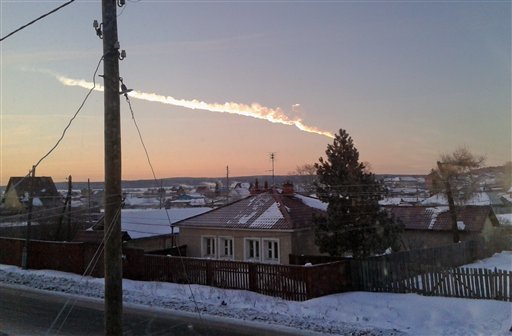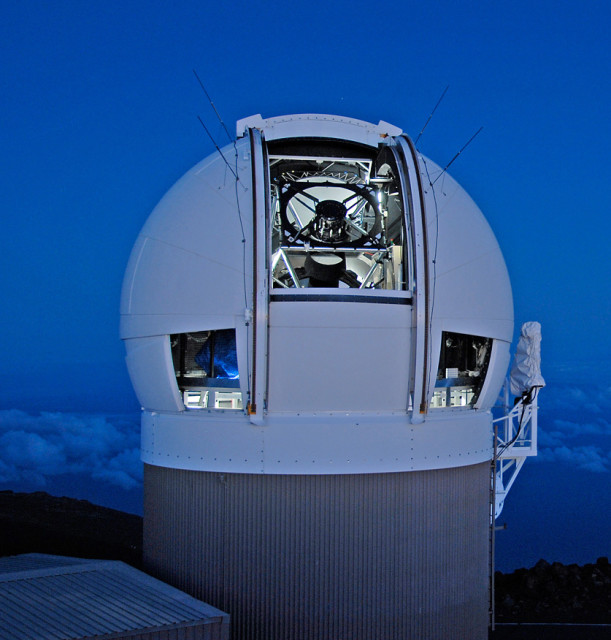Delta4Embassy
Gold Member
Chelyabinsk meteorite - Wikipedia, the free encyclopedia
"The asteroid had an approximate size of 18 metres (59 ft) and a mass of about 9,100 tonnes (10,000 short tons) before it entered the denser parts of Earth's atmosphere and started to ablate.
The bulk of the object's energy was absorbed by the atmosphere, with a total kinetic energy before atmospheric impact equivalent to approximately 500 kilotons of TNT (about 1.8 PJ), 20–30 times more energy than was released from the atomic bomb detonated at Hiroshima."
2015 TQ21
Oct 7
1 LD [lunar-distance, about 384,000KM]
15 m
SpaceWeather.com -- News and information about meteor showers, solar flares, auroras, and near-Earth asteroids
As is often the case, we only detect these small ones after they whiz by.
"The asteroid had an approximate size of 18 metres (59 ft) and a mass of about 9,100 tonnes (10,000 short tons) before it entered the denser parts of Earth's atmosphere and started to ablate.
The bulk of the object's energy was absorbed by the atmosphere, with a total kinetic energy before atmospheric impact equivalent to approximately 500 kilotons of TNT (about 1.8 PJ), 20–30 times more energy than was released from the atomic bomb detonated at Hiroshima."
2015 TQ21
Oct 7
1 LD [lunar-distance, about 384,000KM]
15 m
SpaceWeather.com -- News and information about meteor showers, solar flares, auroras, and near-Earth asteroids
As is often the case, we only detect these small ones after they whiz by.




